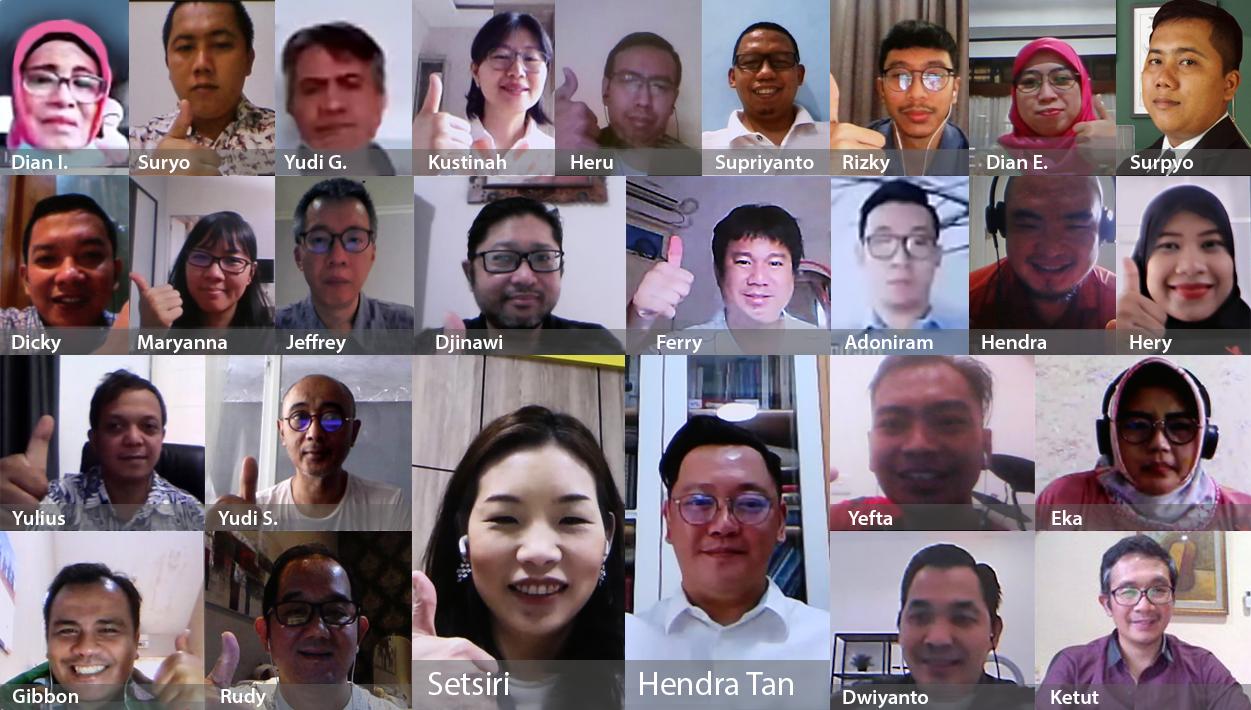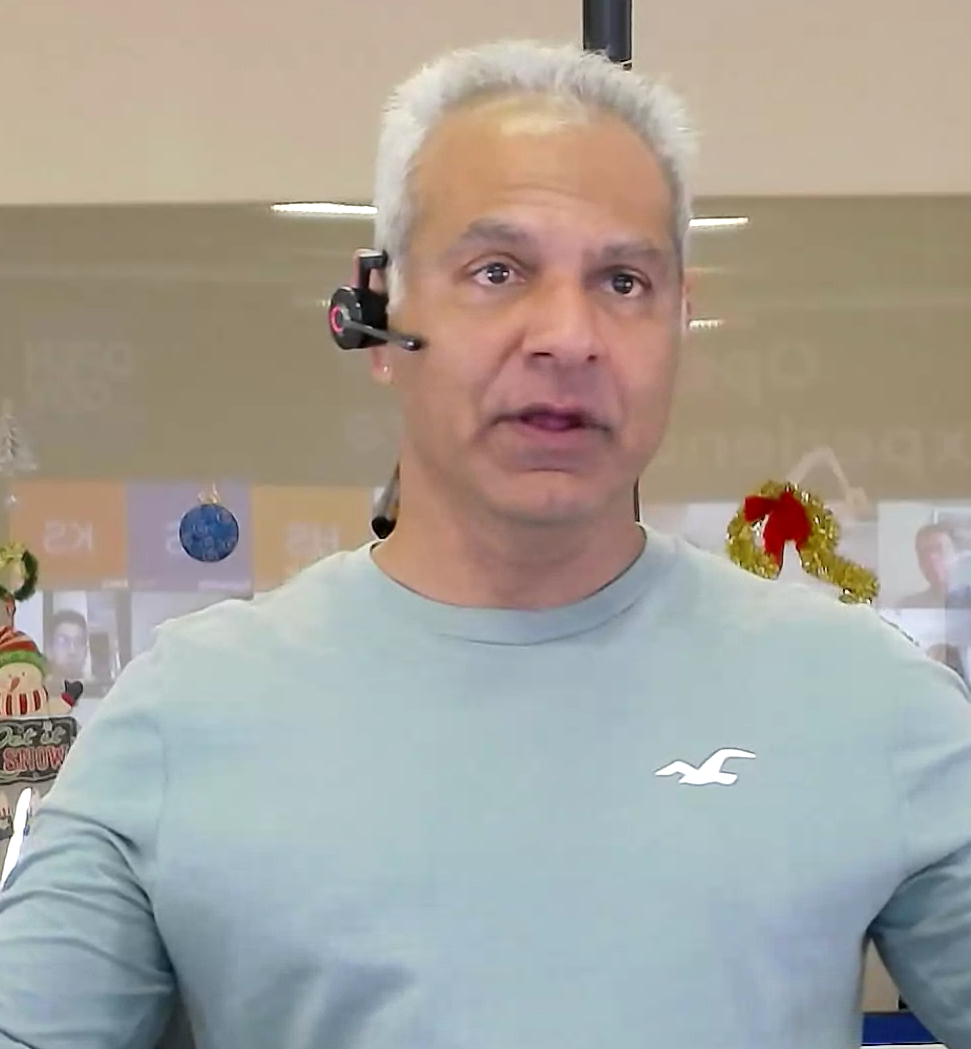
Micro, small and medium enterprises (MSMEs) are key contributors to most economies, particularly in Southeast Asia. In Indonesia, MSMEs account for a majority of the businesses and play a major role in job creation and economic development. In fact, they contribute over 50% to the country’s GDP.
However, access to finance is a critical barrier for SMEs to start, sustain and develop their businesses. Financing support and options are very limited as the financial institutions are at a loss of how to assess MSMEs’ creditworthiness.
As such, financial institutions and intermediaries need to leverage new technologies to boost financial access for MSMEs and gradually move away from traditional methods of approving loans. Digitally empowered services will lead to a win-win situation for both parties: better risk assessment for banks and speedy loan access for small businesses.
To explore the possibilities and role that tech can play in this vital area, leading digital and business executives from the financial services industries in Indonesia participated in the OpenGovLive! Virtual Breakfast Insight on 9 December 2020.
These senior executives from various financial intermediaries and banks in Indonesia joined in to discuss Digital Innovation as a Real Enabler for SME Finance, with an overwhelming response in terms of attendance and engagement.
Moving away from traditional to technology-driven processes

The session was opened by Mohit Sagar, Group Managing Director and Editor-in-Chief at OpenGov Asia.
Mohit began by confirming that MSMEs constitute the sturdy backbone of many economies. These enterprises are now pushing the envelope and this is where a shift in the economy is taking place.
However, Mohit acknowledged that small businesses and enterprises are facing challenges in accessing the funds and loans as banks applied the same loaning processes that they designed for big corporations. The standards in this ecosystem were not originally designed for SMEs and therefore, the chances of SMEs getting approved for loans are very slim.
Mohit stressed that banks need technology to create a relevant ecosystem for these customers and urged the delegates to revisit the old processes and methods that they have taken so far.
During the session, Mohit brought up the age-old adage that higher risk delivers higher gain. However, a business can lower risks and still be able to reap high rewards. To do this, banks must realise that helping businesses, particularly MSMEs and start-ups, to get on their feet will contribute to overall growth in the economy. A healthy economy, in turn, will be beneficial for banks and financial institutions.
Mohit also advised the delegates to not try and reinvent the wheel and do everything in-house. Rather it would be wise to partner with those who champion the field, thereby allowing financial institutions to focus on their core business – banking.
Nurturing MSMEs by embracing innovation

After Mohit laid the groundwork for the discussions ahead, Hendra Tan, Chief Executive Officer, OneConnect Financial Technology Indonesia and Vietnam shared his insights on the subject. His question: amid market challenges, how can banks reduce risks in granting loans to enterprises especially MSMEs?
Hendra began by talking about three major challenges that OneConnect have witnessed in the banking services in Indonesia:
- Lack of effective risk assessment
- Unreachable markets
- Long turnaround time
These are some of the risks that financial institutions face even in countries with flourishing market potentials include accessing particular market segments and long turnaround time.
Another hurdle that financial institutions have, concerning lending applications, is setting up a reliable risk screening process for loan applicants. Due to the information misalignment between banks and MSMEs, it has become more difficult for banks to approve loans from this sector. Thus, there is a need to screen applicant companies and draw a distinction between risky debtors from those which are creditworthy.
According to Hendra, the answer lies in targeting loan markets with strong demand but with a low or insufficient supply of resources. Focussing on the appropriate market should start, he said, with knowing the customer. The next step, which is equally crucial, is identifying risks.
As far as the first step goes, identifying the borrower may be done through two modes – offline and online channels. Apart from offline sales services, lending now is digital and data-driven.
Hendra added that risk screening for loan applicants should remain as a top priority for banks. However, financial institutions should start veering away from traditional risk screening methods and engage in advances in data gathering techniques. Doing this, he added, will allow banks to extract a massive amount of data with a high level of accuracy which can be used for risk assessment.
Investing in data solutions will also enable lending firms to fortify their fraud prevention system. In Indonesia, technologically advanced fraud prevention schemes put in place should not start from ground zero. Instead, the process should be built from applications that banks already have and move forward from there. This way, technology is put both as leverage and a foundation.
Continuous learning and adaptation for improved services

The discussion continued with the introduction of fresh insights from Setsiri Settaphakorn, Senior Vice President, Digital Banking and Innovation Division, Bank of Ayudhya. Setsiri shared similar views as those raised by Hendra. Aside from adopting new methods for risk screening and lending processes, she agreed that knowing customers is key.
She added that for some banks, the journey to adapting a sound lending process must begin from commercial banking while gradually shifting to retail. This, she said, can be possible by getting to know customers and their needs. In doing so, banks can come up with applications and policies of their own which can be applied in all stages of lending.
To emphasise this point, she explained, banks have devised native applications that can be utilised to get customer insight. From here, lenders can add on particular services, as in the case of lending to retail, based on the needs of clients.
To further boost banking solutions and guide MSMEs, partnering with MSMEs is a good way to boost not just lending solutions but the whole lending ecosystem as well.
Setsiri capped her discussion by leaving a short but meaningful piece of advice to banks – continuous learning and adaptation to emerging global trends in the finance industry is still the best way to go.
Polling questions
Following the landscape set forth by the three speakers, participants answered some poll questions laid on the table to facilitate discussion.
Results of the poll for the first question showed that nearly half (47%) of the attendees believe that a lack of audited financial record is the top challenge lenders face when reviewing MSME loan applications. Interesting, no one considered the type or nature of products and services offered a challenge.
One delegate explained their choice was due to fraud on the part of borrowers. Confirming this, the executive from Komatsu Astra Finance felt that there is apprehension on the part of banks to grant loans because some MSMEs tend to engage in fraud and eventually allot the funding they receive for different purposes.
The second question involved asked delegates what they deem to be the key factor to be considered when releasing funds to MSMEs. Results showed a close finish between the ability to repay (41%) and the nature of the project (39%).
A respondent opined that the ability of MSMEs to repay loans and the nature of projects go hand in hand, with the latter usually subsumed under their capacity to pay back loans. Another significant challenge participants consider when it comes to MSME lending is that these businesses evolve fast and they expect banks to provide personalised services and multichannel delivery (38%).
The delegate from Bank BTPN, however, offered a different perspective. He considers the lack or shortage of staff who assess the creditworthiness of borrowers to be a major issue. Hendra agreed, explaining that if staff are not equipped with the right tools, quality of approval is likely to be sacrificed.
Additionally, when asked regarding lending process issues, a third of delegates (33%) said multiple and redundant credit decision levels which result in long lead time in communicating lending decisions to borrowers describe their current lending policies.
After the interactive polling session, the session came to a close with remarks from Hendra Tan. He began by thanking all the delegates and speakers for their insightful contribution to the session.
Hendra re-emphasised the importance of partnership and constant effort to find different ways to solve the issue of financial inclusion through innovative angles. He encouraged the delegates to engage in dialogue with his team to know and learn more about how OneConnect can support them on this journey.
















